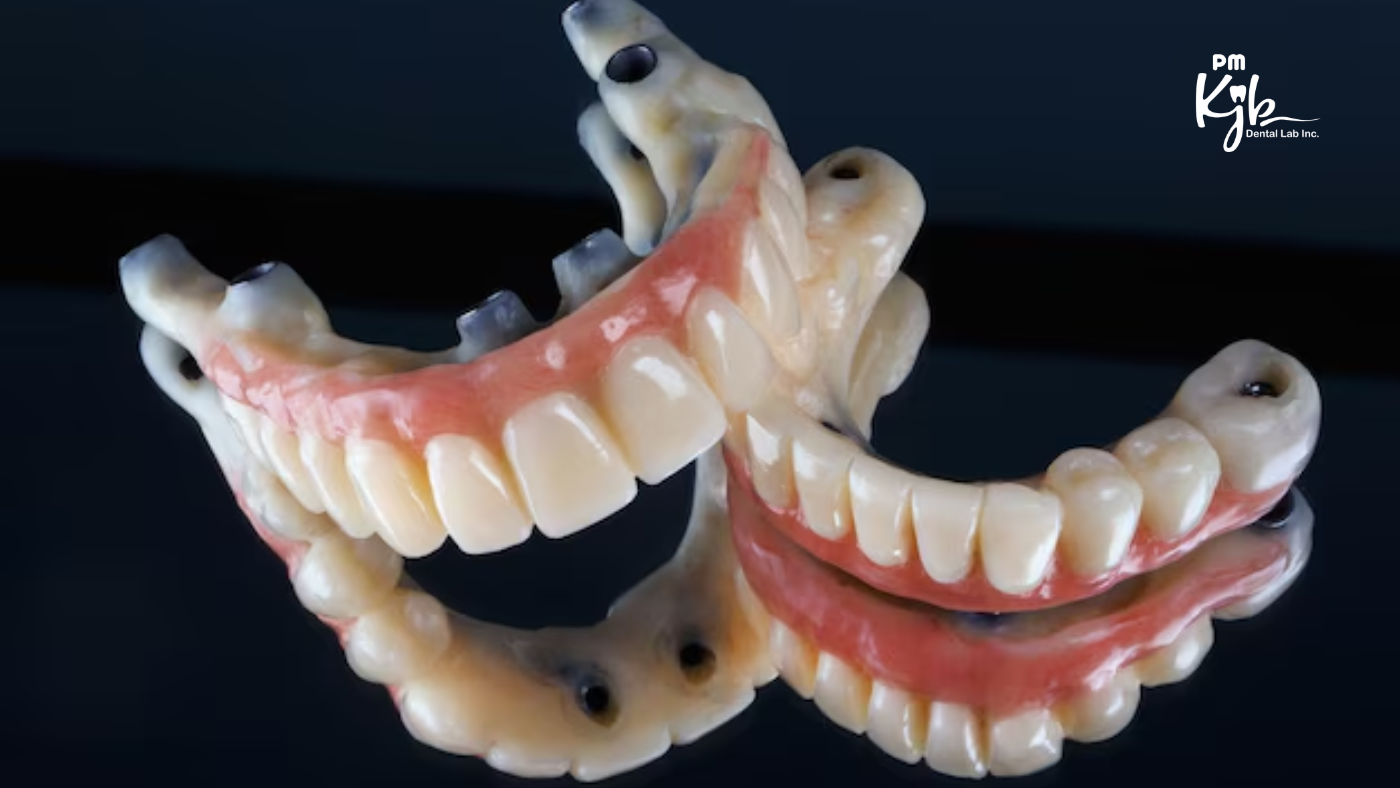Flexible dentures offer a modern solution for people missing teeth. These dentures bend and flex, unlike stiff traditional ones. Many first-time users find them comfortable right away. This guide covers everything needed to know about flexible dentures. From basics to care tips, it helps make an informed choice.
Understanding Flexible Dentures
Flexible dentures are removable dental prosthetics made from flexible materials. They replace missing teeth and restore smiles. Unlike rigid acrylic dentures, these use thermoplastic resins that adapt to the mouth’s shape.
People choose flexible dentures for their natural feel. The material mimics gum tissue, blending seamlessly. No metal clasps show, so the look stays discreet. For first-time users, this means less worry about appearance.
The design allows bending without breaking. This flexibility reduces pressure on gums. Users often report fewer sore spots compared to traditional options.

Key Benefits of Flexible Dentures
- Flexible dentures provide several advantages. Comfort tops the list. The soft material cushions the mouth, making wear easier all day.
- Durability stands out, too. These dentures resist cracks and breaks better than hard ones. Daily activities like eating tough foods become simpler.
- Aesthetics play a big role. Flexible dentures look natural. The translucent base matches gum colour, hiding the fact that they’re dentures.
- Allergy concerns drop with flexible dentures. Many materials avoid metals, suiting those with sensitivities.
- Weight matters as well. Lighter than traditional dentures, they feel less bulky. First-time users adjust faster.
- Speech improves over time. The fit hugs the mouth, reducing slips that cause mumbling.
- Chewing efficiency boosts. Flexible dentures stay in place, allowing better food breakdown.
- Hygiene gets easier. Smooth surfaces resist stains and odours.
- Cost-effectiveness appeals to many. While initial prices vary, long-term savings come from fewer repairs.
How Flexible Dentures Differ from Traditional Ones
- Traditional dentures use hard acrylic or metal frames. They can feel rigid and cause discomfort at first.
- Flexible dentures, on the other hand, use nylon-like resins. This makes them pliable and gum-friendly.
- Fit differs greatly. Traditional ones may need relining as gums change. Flexible dentures adapt naturally.
- Appearance varies, too. Metal hooks in traditional dentures sometimes show. Flexible versions use invisible clasps.
- Maintenance routines contrast. Hard dentures require special cleaners. Flexible dentures are cleaned with mild soap.
- Lifespan compares favorably. Flexible dentures last longer with proper care.
- Adjustment periods shorten with flexible dentures. First-time users often wear them comfortably sooner.
Materials Used in Flexible Dentures
- Flexible dentures rely on advanced thermoplastics. Nylon-based resins form the base, offering strength and flexibility.
- These materials resist heat and chemicals. Daily use doesn’t warp them easily.
- Biocompatibility ensures safety. The resins avoid toxins, reducing irritation risks.
- Some flexible dentures include reinforced fibres for extra toughness.
- Colourants blend with natural gums. This creates a realistic look.
- No metals means no corrosion over time.
The Process of Getting Flexible Dentures
- Getting flexible dentures starts with a dental visit. A dentist examines the mouth and discusses needs.
- Impressions follow. These capture exact gum and jaw shapes.
- Lab technicians craft the dentures. They use the impressions to build custom pieces.
- Fittings come next. Adjustments ensure perfect comfort.
- Final delivery happens once everything fits well.
- First-time users receive wear instructions. Tips include gradual wear to build tolerance.
- Follow-up visits check progress. Minor tweaks might occur.
Who Should Consider Flexible Dentures?
- People with partial tooth loss benefit most. Flexible dentures fill gaps without affecting remaining teeth.
- Those allergic to metals find relief. The material avoids common triggers.
- Active lifestyles suit flexible dentures. They stay secure during sports or talking.
- Seniors appreciate the comfort. Softer materials ease gum pressure.
- First-time denture wearers prefer them. The learning curve feels less steep.
- Individuals seeking discreet options choose flexible dentures. No visible hardware boosts confidence.
Care and Maintenance Tips for Flexible Dentures
- Proper care extends the life of flexible dentures. Daily routines keep them fresh.
- Remove them at night. Soak in denture solution to maintain shape.
- Brush gently with soft bristles. Avoid harsh toothpastes that scratch.
- Rinse after meals. This clears food particles.
- Store in water when not worn. Dryness can warp the material.
- Avoid hot water. Heat damages flexibility.
- Regular dental check-ups spot issues early.
- Handle with care. Dropping risks damage.
- Clean storage cases weekly. Bacteria build-up affects hygiene.
Final Thoughts
Flexible dentures are a contemporary, comfortable, and natural-looking alternative to tooth replacement. They offer better fit, fewer sore spots, and greater confidence than traditional ones. From the procedure of getting them to their long-term usefulness, flexible dentures prove trustworthy for so many first-time users.
For professional solutions and the best quality dental restoration, PM KJB Dental Lab offers advanced, flexible dentures with meticulous precision and care.


